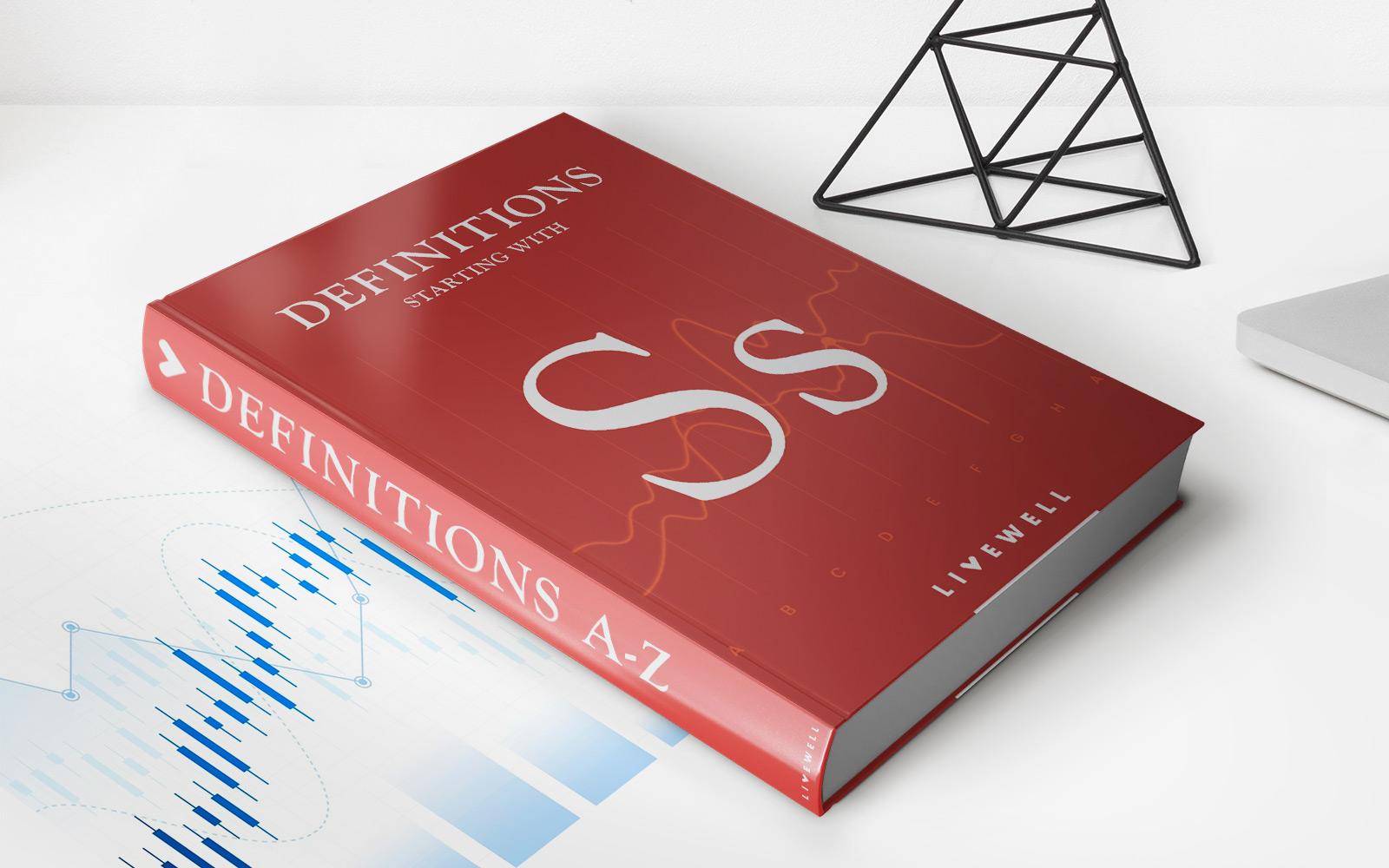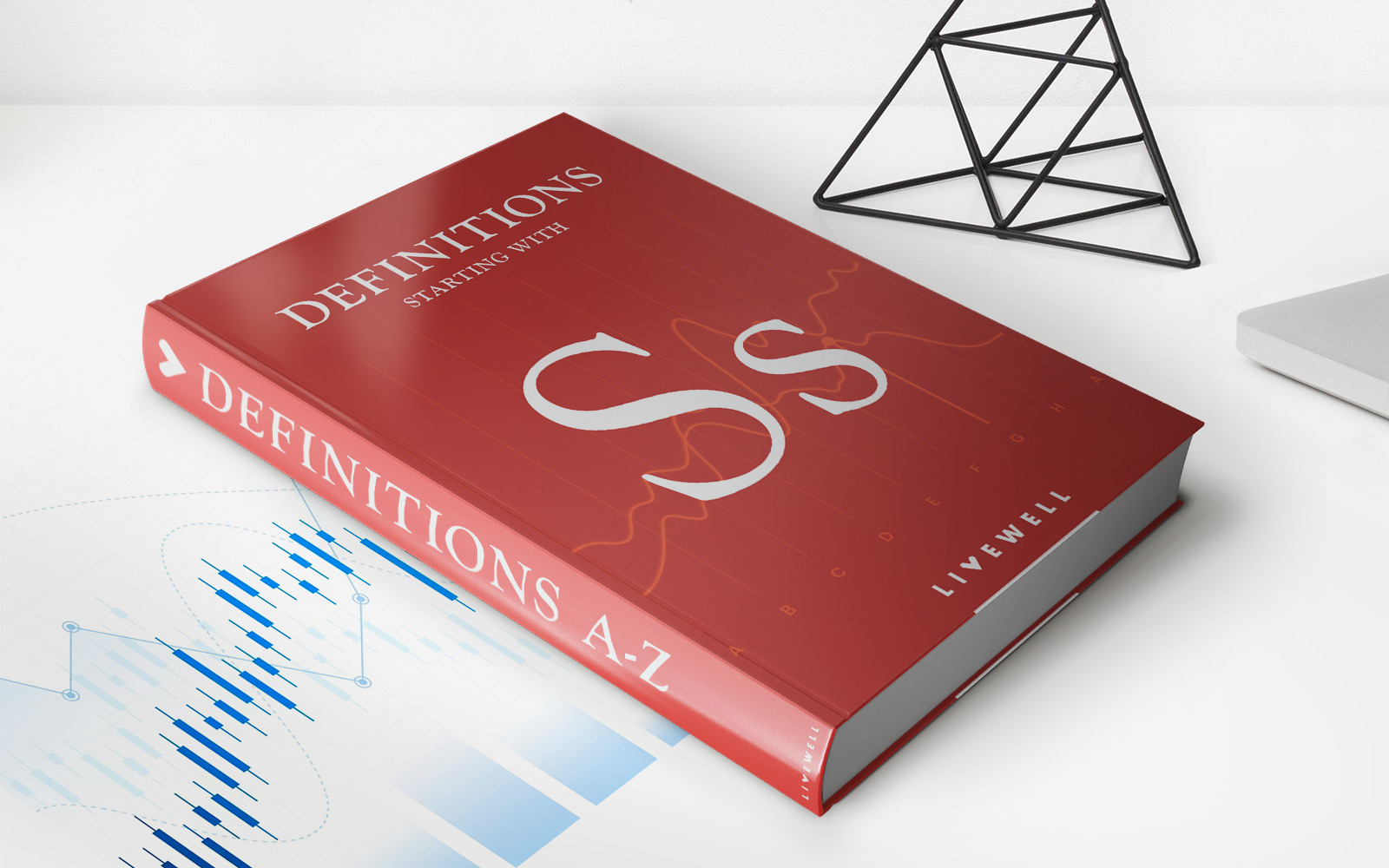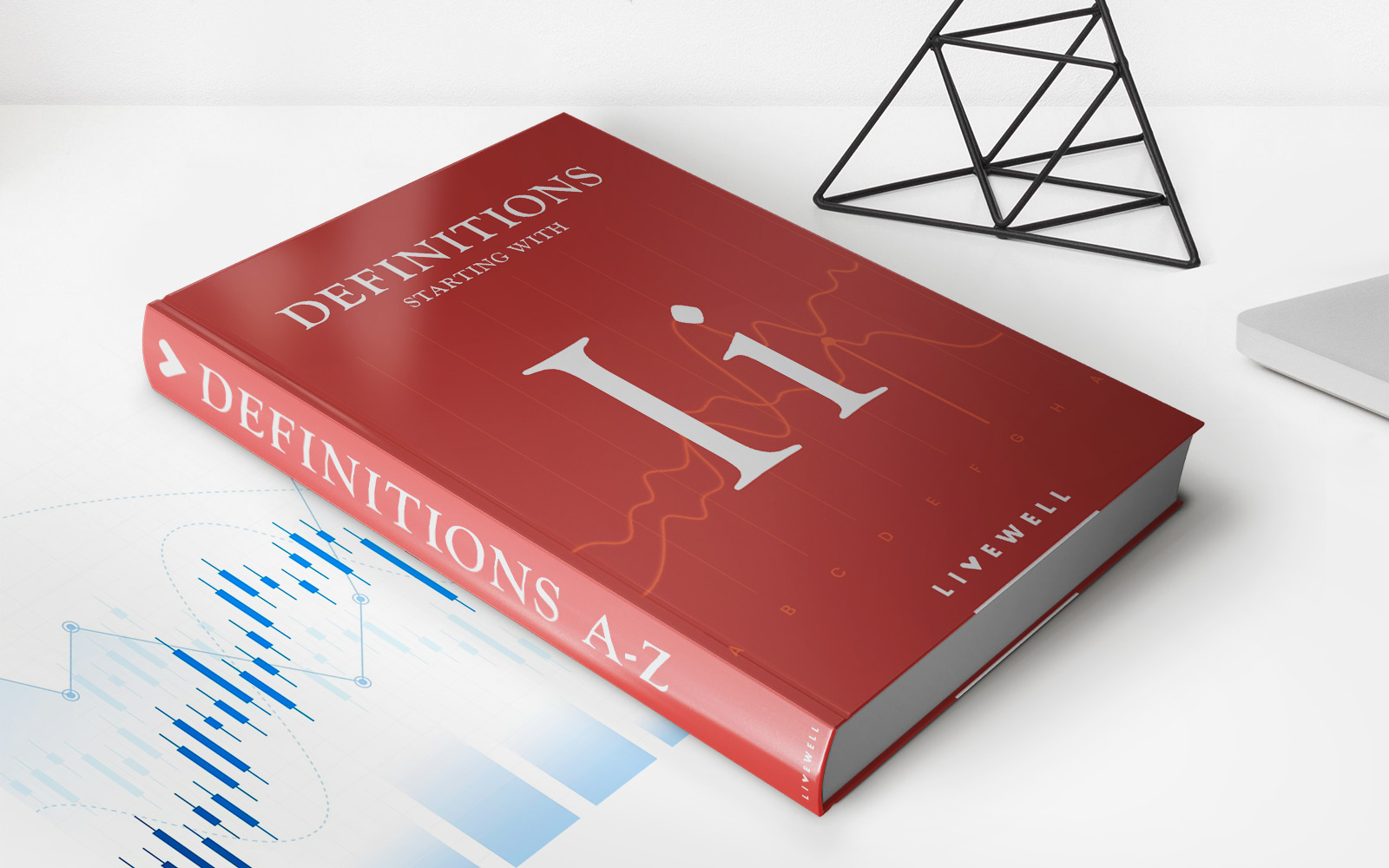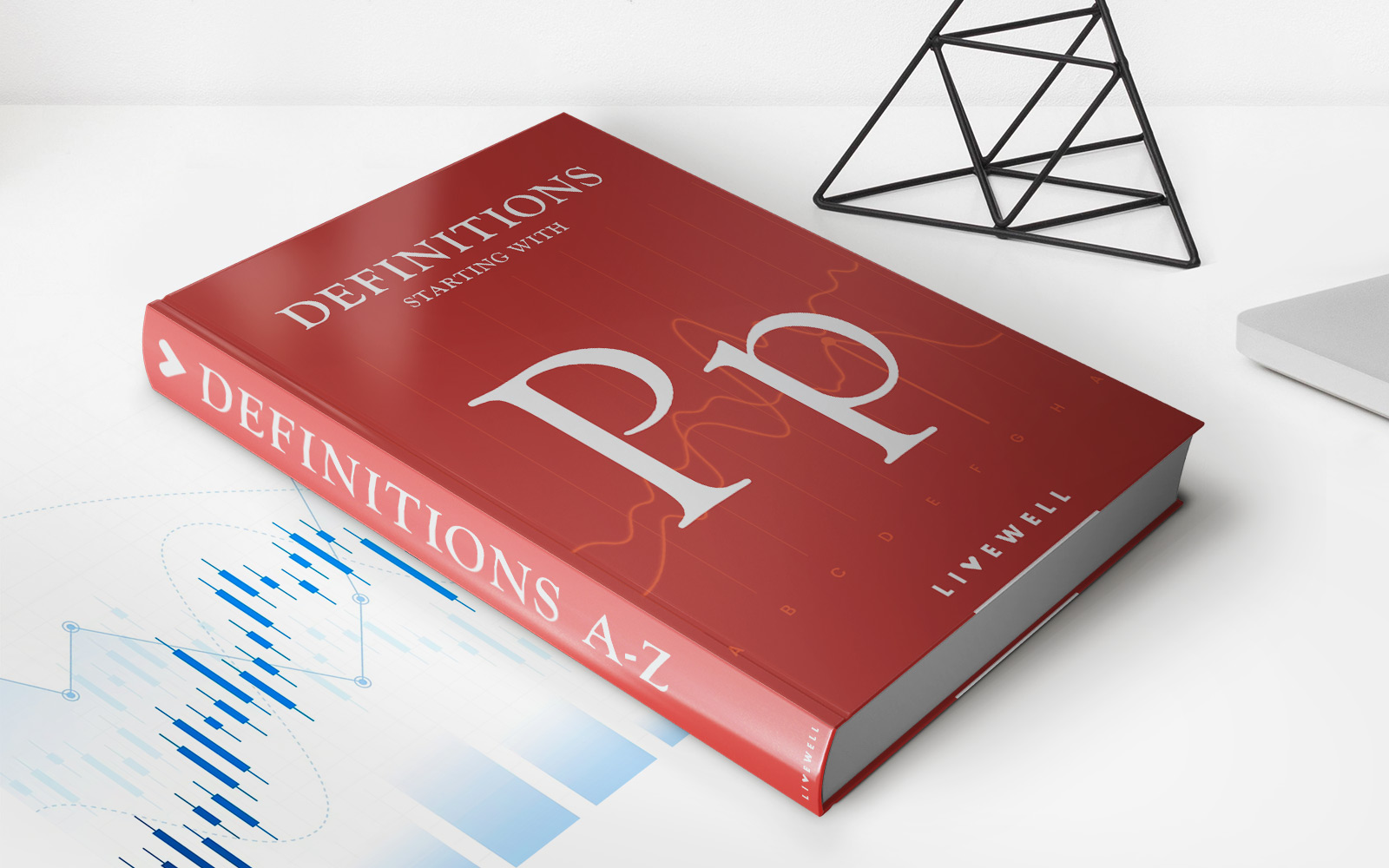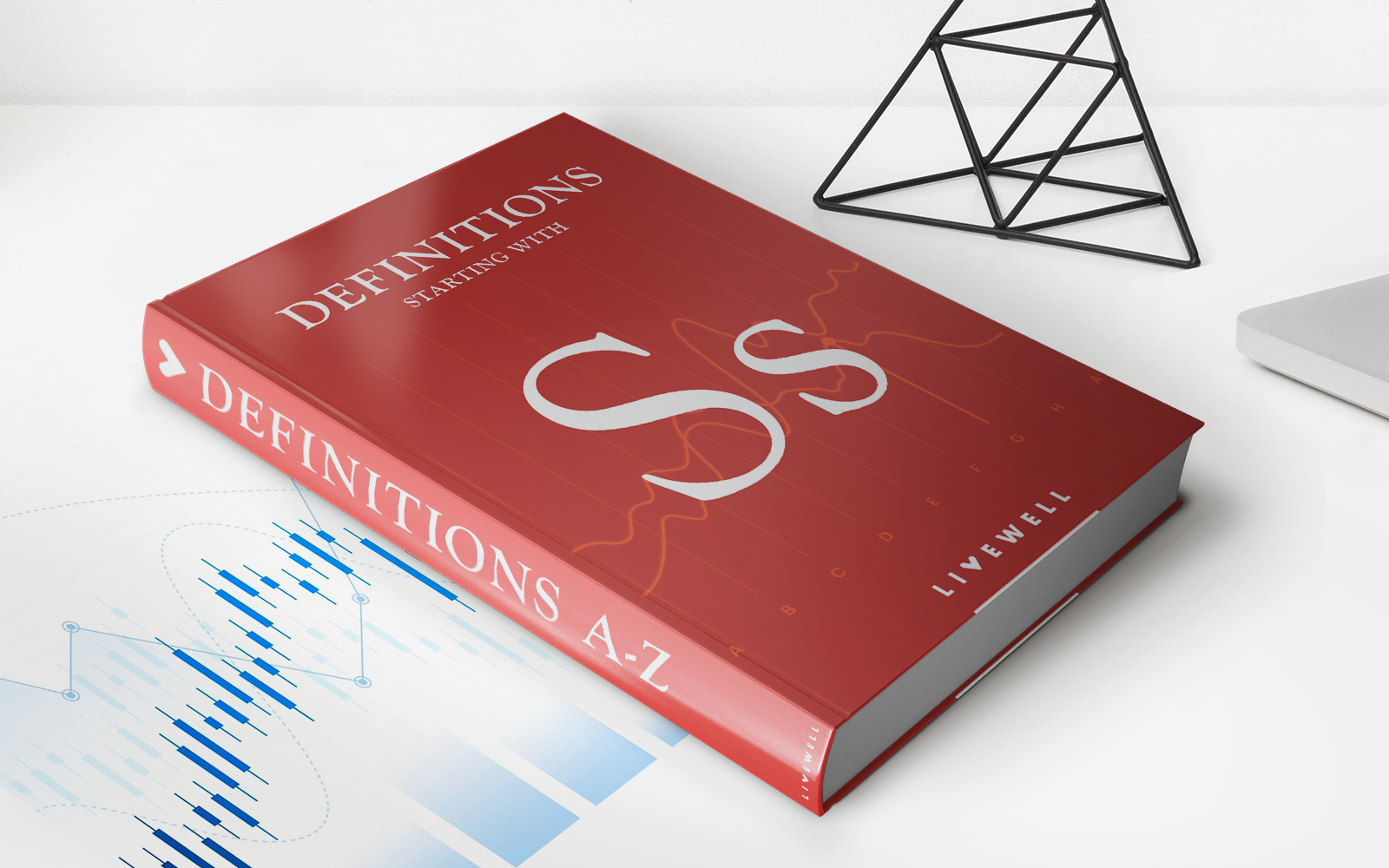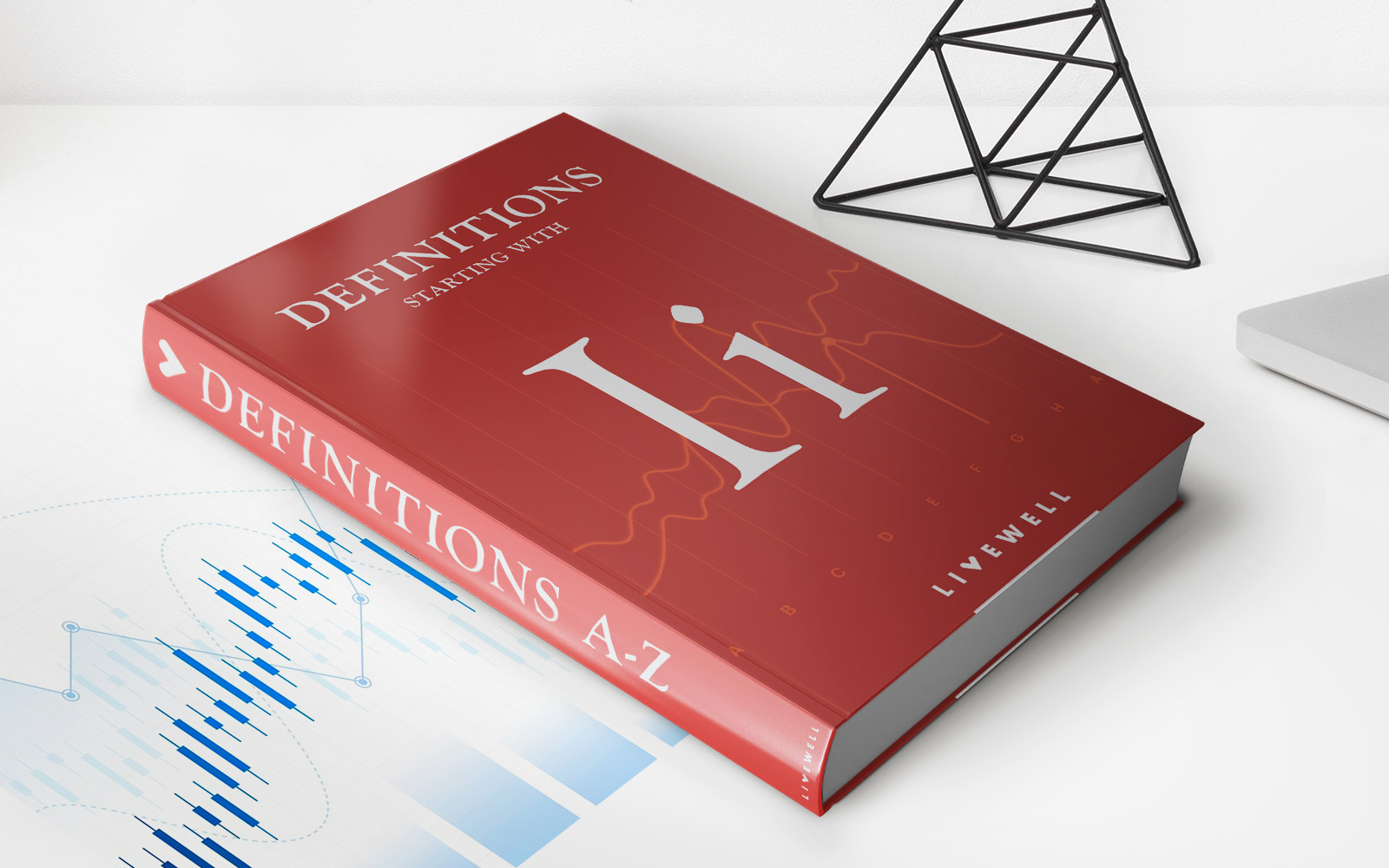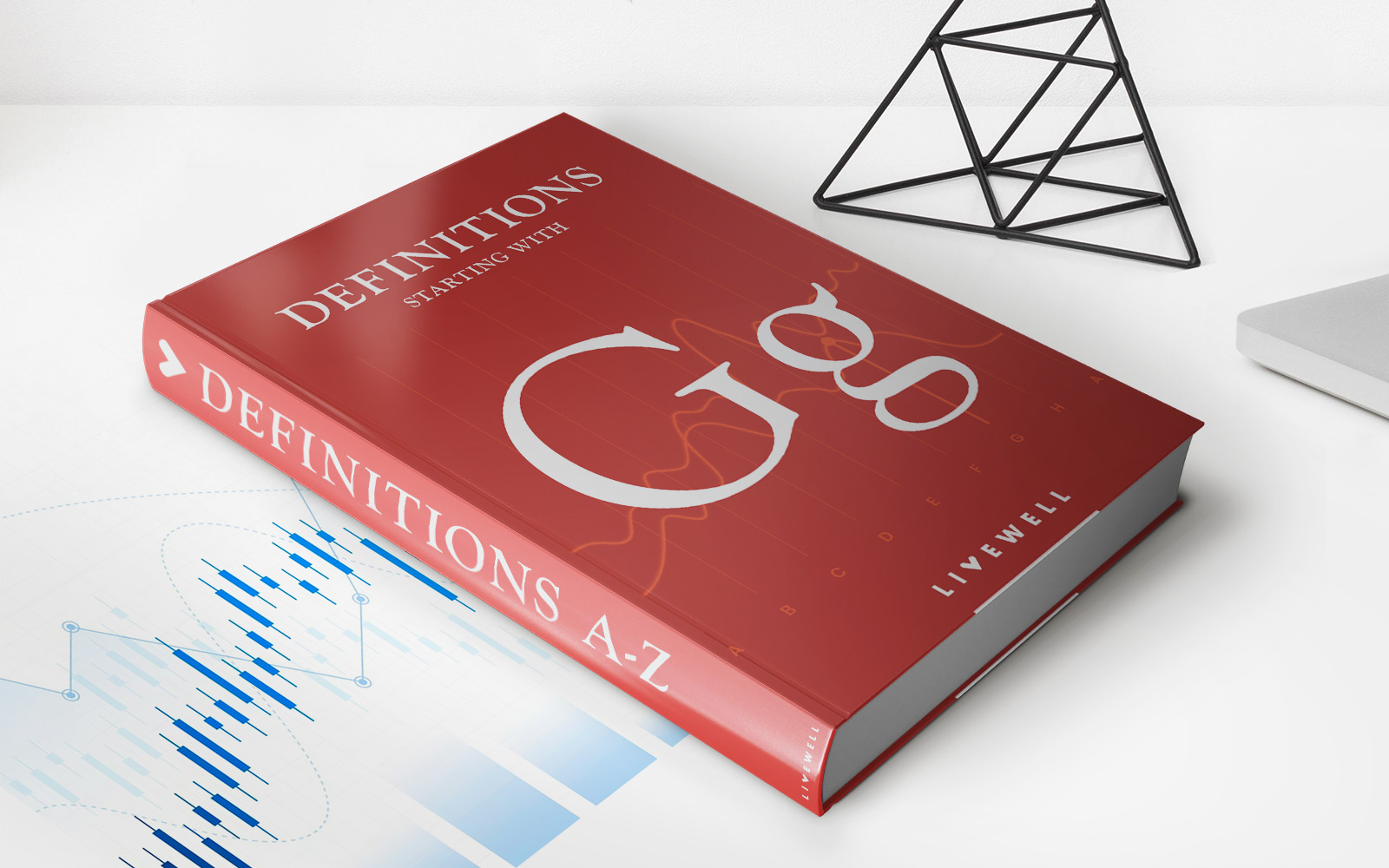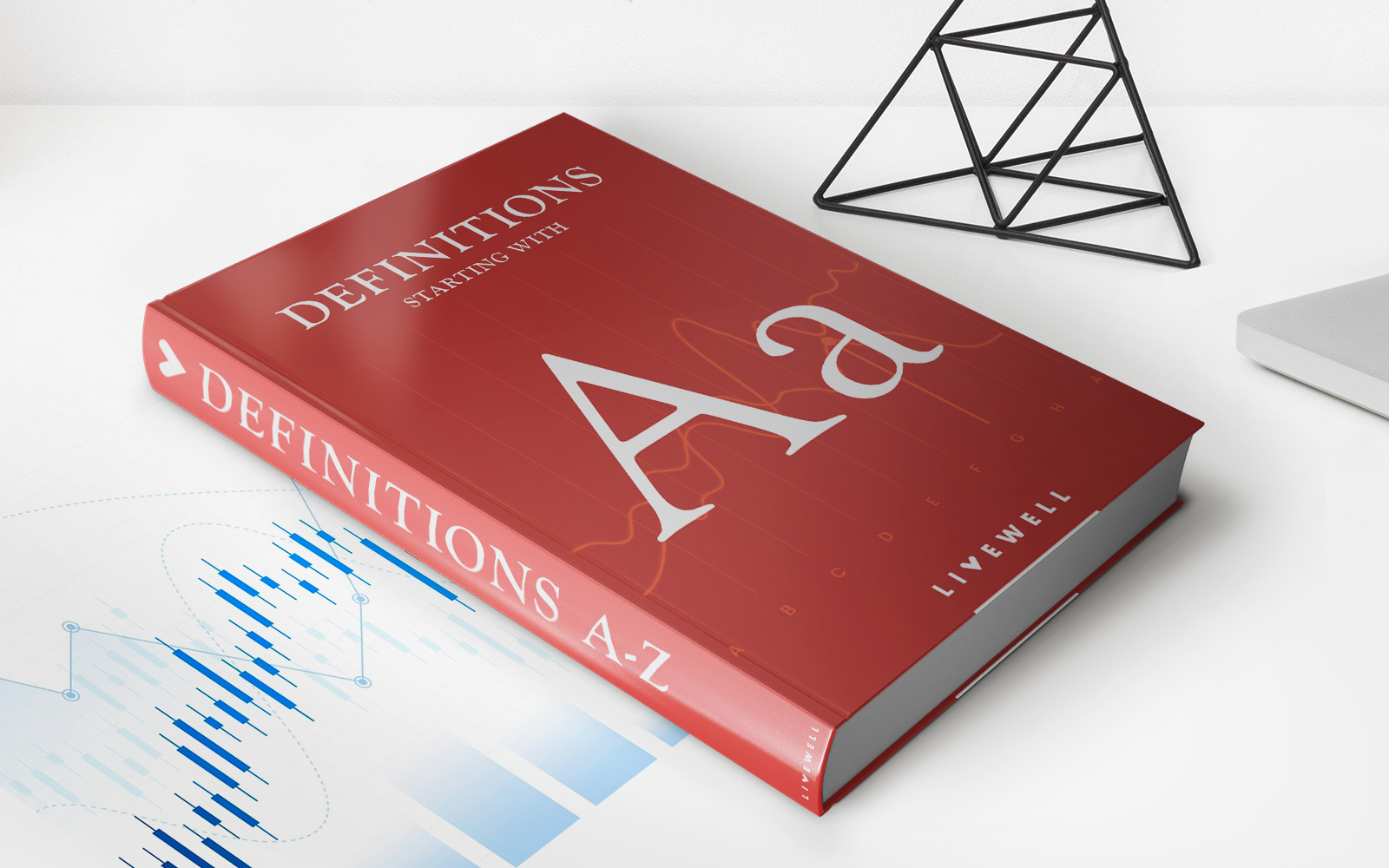Home>Finance>Contract Size: Definition, Examples, Pros & Cons
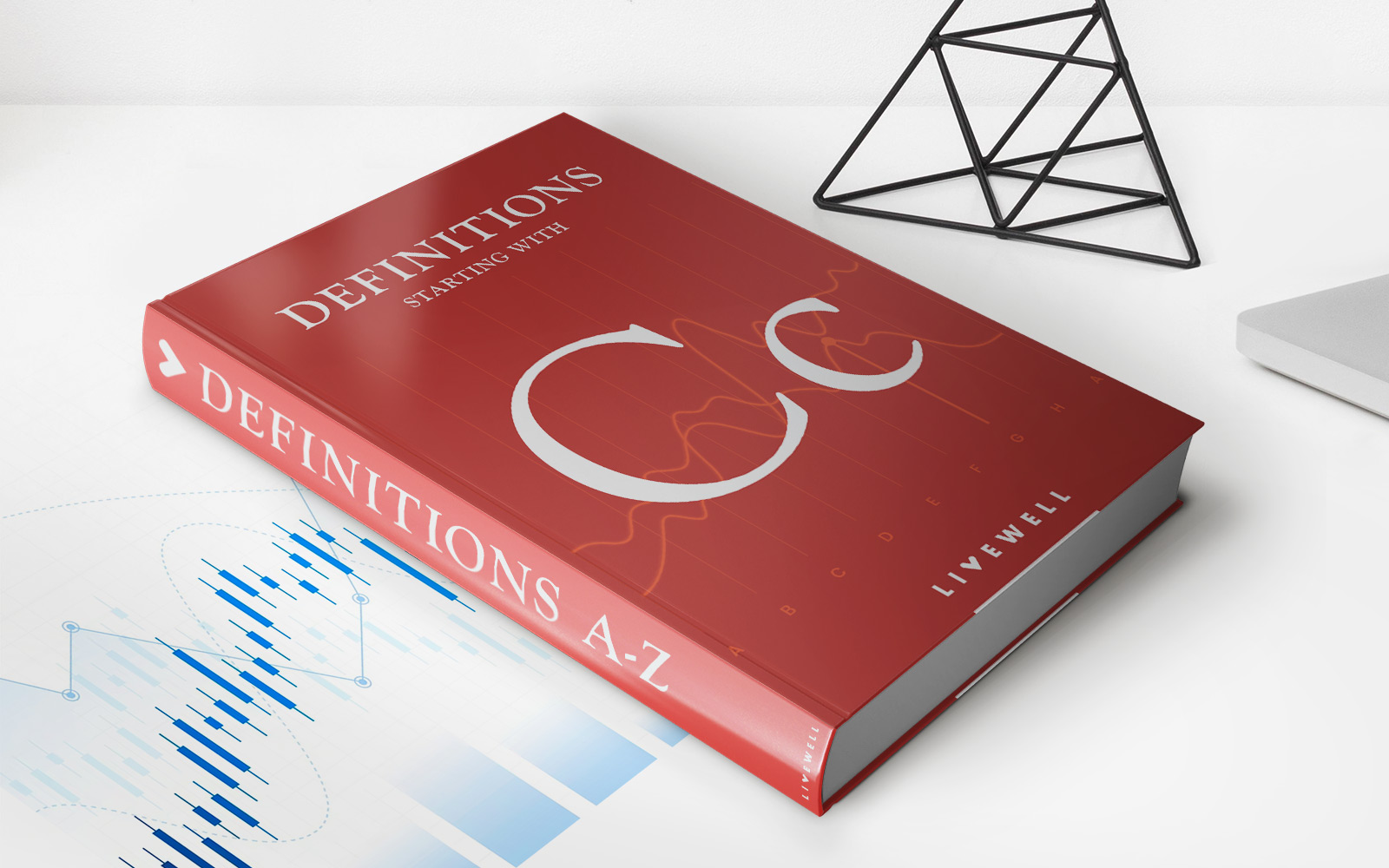

Finance
Contract Size: Definition, Examples, Pros & Cons
Published: November 2, 2023
Discover the definition, examples, pros & cons of contract size in finance. Gain valuable insights into this crucial aspect of financial planning.
(Many of the links in this article redirect to a specific reviewed product. Your purchase of these products through affiliate links helps to generate commission for LiveWell, at no extra cost. Learn more)
Understanding Contract Size in Finance
When it comes to navigating the world of finance, there are many terms and concepts that may seem complicated or overwhelming. One such concept is contract size, which plays a crucial role in various financial markets. In this article, we’ll break down the definition of contract size, provide examples to illustrate its application, and discuss the pros and cons of trading with different contract sizes.
Key Takeaways:
- Contract size refers to the standardized quantity of an asset that is traded in financial markets.
- Understanding contract size is essential for determining the amount of exposure and risk associated with a particular trade.
Definition of Contract Size
Contract size, also known as lot size, is the predetermined or standardized quantity of an asset that is traded in financial markets. This quantity varies depending on the asset being traded and the market in which it is traded. In simple terms, contract size represents the number of units of a financial instrument that are being bought or sold in a single transaction.
For example, in the stock market, contract size usually refers to the number of shares that make up one contract. In futures and options markets, contract size represents the quantity of the underlying asset that is being traded.
Examples of Contract Size
Let’s consider a few examples to illustrate the concept of contract size in different financial markets:
- In the stock market, a contract size might typically be 100 shares. So, if you want to buy or sell one contract of a particular stock, you would be trading 100 shares.
- In the forex market, a standard contract size is 100,000 units of the base currency. So, if you were trading a currency pair like EUR/USD and you bought one contract, you would be buying 100,000 euros.
- In the futures market, contract sizes vary depending on the asset being traded. For example, a contract size for crude oil futures may be 1,000 barrels. So, if you were trading one contract of crude oil futures, you would be trading 1,000 barrels of oil.
Pros and Cons of Different Contract Sizes
Trading with different contract sizes has its own set of advantages and disadvantages. Here are some key considerations:
Pros:
- Flexibility: Different contract sizes provide flexibility in tailoring trades to meet individual trading strategies and risk appetite.
- Liquidity: Markets with larger contract sizes often have higher liquidity, allowing traders to enter and exit positions more easily.
- Diversification: Small contract sizes allow traders with limited capital to diversify their portfolios across multiple trades.
Cons:
- Higher risk: Larger contract sizes can result in higher exposure and potentially greater losses if the trade goes against you.
- Higher capital requirements: Trading larger contract sizes may require more capital to meet margin requirements and maintain the trade.
- Lower profit potential: Smaller contract sizes may limit profit potential compared to trading larger contracts.
Ultimately, the choice of contract size depends on individual trading goals, risk tolerance, and available capital. It’s important to carefully consider the pros and cons before deciding on the appropriate contract size for your trading strategy.
In conclusion, contract size is a fundamental concept in finance that determines the quantity of an asset being traded. Understanding contract size is crucial for managing risk, determining exposure, and making informed trading decisions. By considering the pros and cons associated with different contract sizes, traders can optimize their trading strategies and achieve their financial goals.
